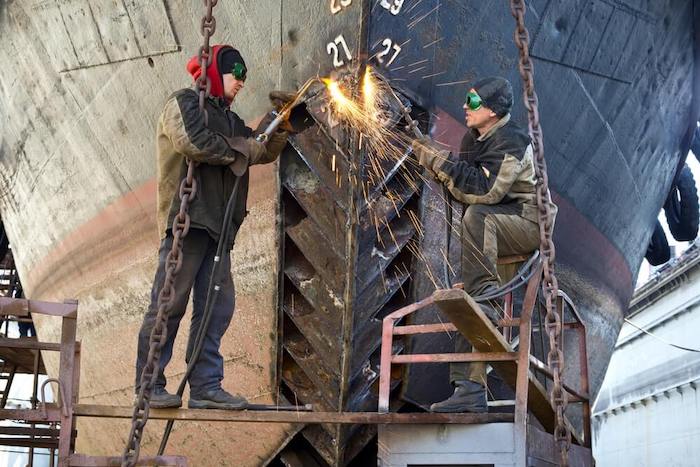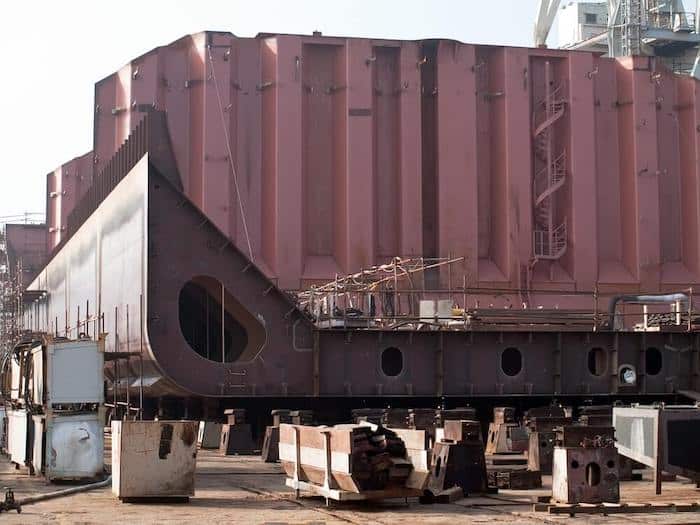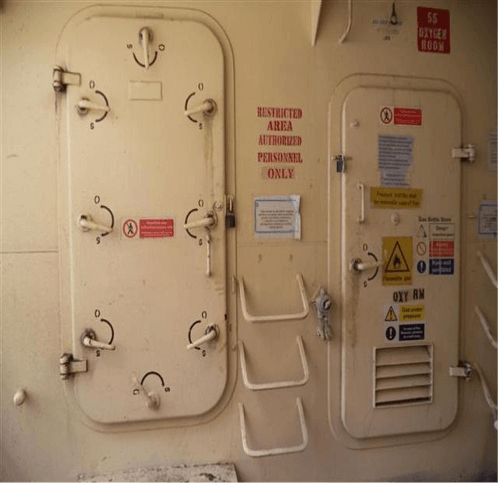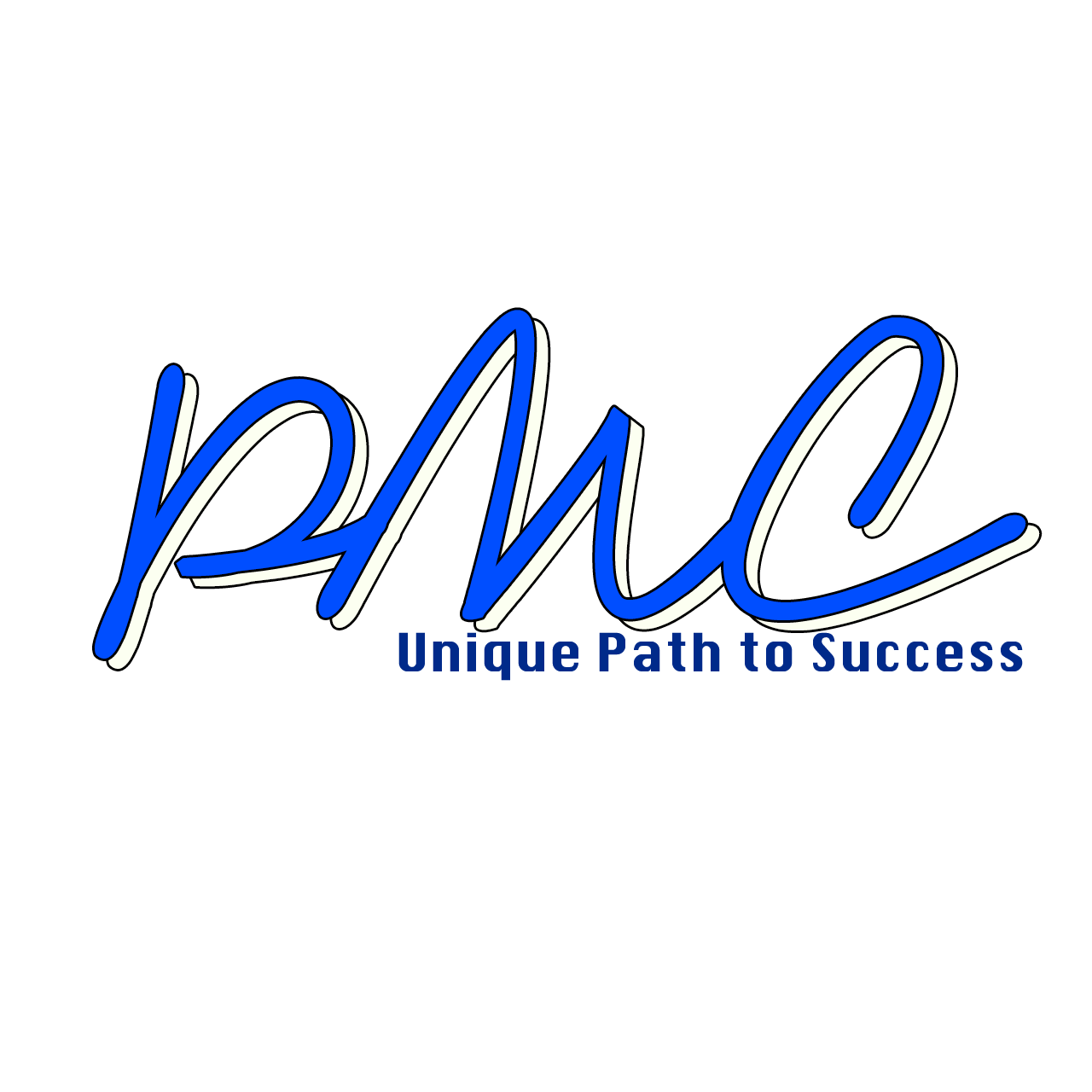The economic aspect of running a merchant vessel is of prime importance as a shipowner requires a build which maximises the returns for his initial investment and covers his running costs.
This implies that the final design takes into account the economic conditions at the time of building, and also those that are likely to develop within the life of the ship.
Apart from this, the safety of seafarers on board, the type of vessel, the operational logistics of the voyages is taken into serious consideration while planning and executing the shipbuilding operations.
Various classification societies which are based out of different maritime nations have come into existence for initial and continual inspection of ships. These are well reputed and reliable organizations which assess and maintain a ship’s seaworthiness and award them a classification.

The Classification Societies Include the following;
Great Britain—Lloyd’s Register of Shipping
France—Bureau Veritas
Germany—Germanischer
Lloyd Norway—Det Norske Veritas
Italy—Registro Italiano Navale
United States of America—American Bureau of Shipping
Russia—Russian Register of Shipping
Japan—Nippon Kaiji Kyokai.
Classification societies publish rules and regulations concerned with the provision of adequate equipment, the reliability of the machinery used on board, the strength of the ship, etc. The vessel may be built in any country and are not restricted to classification only by the relevant society of that country; they can follow regulations in accordance with the rules of any particular classification society.
Most of the world’s merchant ships are currently being built by Japan and Korea, which together made about 77 percent of the gross tonnage delivered in the year 2000.
While classification is not compulsory for all ships, it is a common industry practice as it is a good endorsement for the company and vessel.
Shipowners with an unclassed ship must satisfy governmental regulating bodies to ensure that the vessel has the necessary structural strength for assigning a load line, and the issuing of a safety construction certificate.
Most commonly used materials for shipbuilding :
Steel:
This is a highly versatile ship construction material and is used extensively on ships for the making of its integral structure and parts.
Steel has been in use for over 150 years in the shipbuilding industry, thanks to its excellent mechanical properties and low cost.
One major drawback of employing steel in ship construction is the weight of steel.
For the construction of the hull of a ship, mild steel containing 0.15% to 0.23 % carbon, and reasonably high manganese content is used.
Sulfur and phosphorus contents in the mild steel are kept to a minimum (less than 0.05%) as higher contents of each hamper the welding properties of the steel.
Furthermore, cracks and such can develop easily during the rolling process if the sulphur content is high.
High Tensile Steels Steels which have higher strength than that of mild steel are employed in the more stressed regions of large tankers, container ships and bulk carriers. They are often used for the deck and bottom regions of larger tankers as well. As this leads to a reduction in the scantlings of these structural items, it proves advantageous both for the shipbuilder and owner.

Some integral parts of the ship that are made of steel include; the thickness stringer plate, rounded gunwales, sheer strake, Bilge strake, deck strake in the way of the longitudinal bulkheads, main deck plating, bottom plating, keel, and the upper strake of longitudinal bulkheads. Mast tables, crosstrees, etc., may be fabricated from welded steel plates and sections. Derrick booms, as a rule, are welded lengths of seamless tubular steel.
Aluminum Alloys:
There are three main advantages that Aluminium alloys have over mild steel in the construction of ships.
1. Aluminium is lighter than mild steel and studies suggest that up to 60 percent of the weight of a steel structure can be saved by using Al alloys. For merchant’s vessels, this is a key advantage for increasing the cargo-carrying capacity of ships.
2. Aluminium is highly resistant to corrosion
3. Its non-magnetic properties and low-cost maintenance
The most often used Al-alloys used in shipbuilding are the 5083 type for plates and 6082 for extrusions. These alloys are reliable in marine service as well as during manufacture. It has been estimated that the selection of Al-Mg (Aluminium-Magnesium) type alloys brings a potential for at least 10% lower costs in respect of the heat-treatable, and appears favorable after a total estimation for applicability in shipbuilding
Excellent corrosion properties of aluminum can be used easily, but correct maintenance procedures and careful insulation from the adjoining steel structures are necessary when using this material.
A major disadvantage of the use of aluminum alloys is their high initial cost (They are estimated to cost 8 to 10 times the price of steel per tonnage). This high initial cost must be absorbed by an increase in the earning capacity of the vessel or a major increase in passenger accommodation on the same draft.
Aluminium alloys can replace carbon steels of normal strength. The weight saved by using Al alloys improves the ship stability – and allows the design of narrower ships, which in turn enhances fuel efficiency.
Materials Used on Different Parts of a Ship
The Shell Plating:
This forms the watertight skin of the ship contributes to the longitudinal strength of the structure and resists vertical shear forces. The bottom and side shell plating consist of several flat and curved steel plates are butt welded together. They are of greater length than breadth.
Insulation:
A steel hull structure is an excellent conductor of heat. Some form of insulation must be provided at the boundaries where there is a requirement to maintain desired temperatures, such as the refrigeration compartments.
Cork, glass fibre, and different kinds of foam plastics in sheet or granulated form may be used for insulating purposes. Air spaces, which are less efficient, may be provided. Glass fibre is widely used in modern ships as it has several advantages over the other materials. It is light in weight, tends to be vermin-proof, does not absorb moisture and is fire-resistant.
Related Read: Properties Of Membrane Tanks For Transportation Of LNG Cargo On Ships
Superstructures:
The introduction of aluminium alloy superstructures has provided increased passenger accommodation on the same draft, and/or a lowering of the lightweight centre of gravity with improved stability. These are hence used on passenger ships and cruise ships. It is possible to accept more significant deformation in these superstructures than would be possible with steel. This is brought about by the lighter weight of the aluminium structure.
Watertight Doors:
In some instances, it is necessary to provide access between compartments on either side of a watertight bulkhead. Hence watertight doors are fitted for this purpose. For example, in a cargo ship, direct means of access is required between the engine room and the shaft tunnel. In passenger ships, watertight doors are found where passengers are allowed to pass between one point of the accommodation and another. Mild steel or cast steel watertight doors are fitted below the water line, which prevents flooding of the compartments when shut while providing adequate strength in the case of emergencies.

Weathertight Doors
The Stern Frame:
This structure supports the rudder and the propeller. The stern itself may be cast, forged, or fabricated from steel plate and sections. Modern rudders are also fabricated from steel plates, with plate sides that are stiffened by internal webs. To prevent corrosion, the internal surfaces are suitably coated, and the rudder may be filled with inert plastic foam.
Related Read: What Is Advanced Outfitting in Shipbuilding?
Rudder Pintles:
The rudder pintle is a bolt or pin which is inserted into a gudgeon to attach the rudder to the ship. Older ships may have a brass liner or bronze liner shrunk on the pintles which turn in hardwood (Lignum Vitae) bearings, fitted in the gudgeons. In these days, the industry practice is to use synthetic materials like Tufnol for the bearings, and in some cases stainless steels for the liners. In either, the water which immerses the bearing is used to lubricate it.
Rudder Stock:
The stock may be of cast or forged steel, with its diameter as determined by the torque and any bending moment it is to withstand.
Propellers:
As they have to withstand the corrosive effects of saltwater, ship propellers are constructed from copper alloys such as brass. These are designed to minimize cavitation, which happens when a propeller working under heavy load creates a region of low pressure. Bubbles of water vapour form suddenly and then burst next to the propeller blades, blasting little pits into the surface and wearing it away.
The fitting of zinc plates in the way of bronze propellers and other immersed fittings being used as sacrificial anodes is common practice in shipbuilding. These anodes are metals or alloys attached to the hull, which have more anodic potential than steel when immersed in sea water.
Hence these anodes supply cathodic protection current and get consumed in doing so. Regular maintenance and replacement are hence required in such systems for protection.
Modern anodes are based on alloys of zinc, aluminium, or magnesium which have undergone many tests to examine their suitability; high purity zinc anodes are also used. Sacrificial anodes are fitted with the hull and also often in ballast tanks as well.
Should any part of the anode fall and strike the tank structure where gaseous conditions exist, an explosion could result, and hence magnesium anodes are not used in the cargo-ballast tanks of oil carriers owing to spark hazards. An aluminum anode system is employed in tankers, and they are only fitted in locations where the potential energy is less than 28 kg.m.
Paints:
The maintenance of a ship requires that its hull and parts be painted regularly to avoid corrosion and provide resistance to other natural elements. Paints consist of a pigment dispersed in a liquid which is referred to as the ‘vehicle’. It is spread out thinly and over time the vehicle changes to form an adherent dry film.
Paints that inhibit corrosion of steel have the following vehicle types:
(1) Bitumen or pitch solutions available in naphtha or white spirit solvent.
(2) Oil-based: These consist mainly of vegetable drying oils, such as linseed oil and tung oil. To accelerate the drying by the natural reaction with oxygen, driers are added.
(3) Oleo-resin: In this case, the vehicle consists of natural or artificial resins incorporated into drying oils. Some of these resins may react with the oil to give a faster drying vehicle. Other resins do not react with the oil but heat is applied to dissolve the resin and cause the oil to stick to the body
(4) Alkyd resin: These vehicles provide a shorter drying time and improved film-forming properties of drying oils. The name alkyd arises from alcohols and acids, which are chemical ingredients. These may not be made from oil, as an oil fatty acid or an oil-free acid may be used. Vehicle types (2) and (4) are not suitable for underwater service, and only certain kinds of (c) are ideal for such service.

(5) Chemical-resistant: Vehicles of this type show high resistance to severe conditions of exposure. A number of important vehicle types come under this category which includes: Epoxy resins Chemicals, coal tar/epoxy resin, Chlorinated rubber, and isomerized rubber, polyurethane resins, vinyl resins, and Zinc-rich paints.
(6) Anti-fouling paints: These are a category of underwater hull paints (known as bottom paints) which are specialized coatings applied to slow the growth and/or facilitate detachment of subaquatic organisms that attach to the hull of the ship and affect a vessel’s performance and durability. Copper oxides and biocides are commonly used in anti-fouling paints. Another type of hard bottom paint includes Teflon and silicone coatings, which are too slippery for growth to stick.
Related Read: Understanding Function of Anti-fouling Paint and Factors to Apply it
Floating of Metal Structures
To construct a ship that floats when immersed in water, marine engineers and naval architects rely on the Archimedes principle. This principle describes an upward buoyant force that is exerted on a body that is fully or partially immersed in a fluid, which is equal to the weight of the fluid displaced by the body. This buoyant force acts at the center of mass of the displaced fluid and in the upward direction. For an object to float in water, the amount of water it displaces should be equal to the weight of the object.
This volume of water that is displaced by a ship depends not only on the weight of the object but also on its shape and size. It can be observed that an iron nail sinks in water, while the same material (iron) arranged in different sizes and forms, i.e. a boat or ship, floats in water.
We can see that if the construction of the structure is such that the density of the vessel is less than that of water, the ship will float in water. Hence a seaworthy steel vessel will have a lower average density than water, which enables it to float. The shipbuilders also have to consider the intact stability and damage stability while designing the ship.

